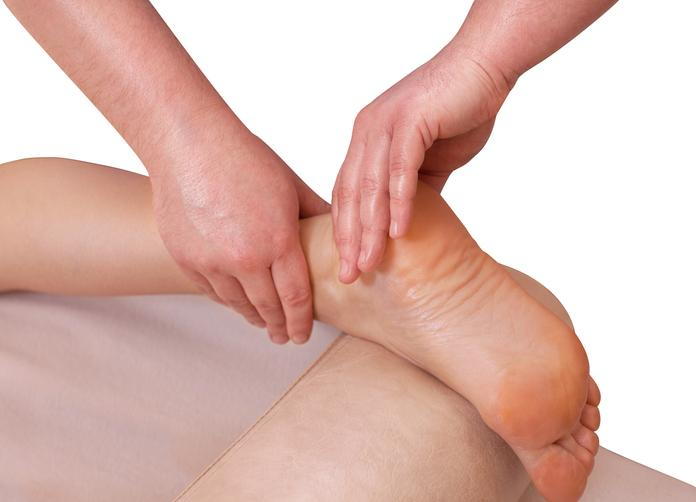An In-Depth Understanding of Plantar Fasciitis Surgery
posted: Sep. 25, 2017.

If you are a runner or someone who wants to start running, you need to know all about plantar fasciitis and the surgical options for this problem.
Why does plantar fasciitis surgery appeal to a lot of patients?
Okay, perhaps we should change that question to “Why does surgery appeal to you?” Come to think of it, thoughts of getting surgery surface when people are starting to feel frustrated when other treatments fail to work. So we assume that at this point, you have already tried other approaches and you are now looking for a quick and sure fix.
Unlike complex machines, such as vehicles, if a part of your foot or leg malfunctions, you cannot just decide to replace it with a new one. If your knee gives you constant pain, yes, you can get a knee replacement, but you have to keep in mind that while it is a good option, it is still artificial, and you cannot expect it to work as well as it used to.
So, why is surgery recommended? It is because there are conditions that conventional non-surgery measures cannot cure and only surgical solutions are the best options. There are various surgical procedures that can treat chronic plantar fasciitis. As a runner, you need to understand the difference between those procedures, so you can make an educated decision.
Open Plantar Fascia Release Surgery
This is the most commonly done surgery on the plantar fascia. In fact, it is likely it has been performed more times than other types of plantar fasciitis surgical procedure. This is an “open” procedure, meaning an incision is made on the bottom or the side of the foot to gain access to the plantar fascia. The goal with this particular surgery it to cut through the portion of the plantar fascia with the most tension. This is meant to relieve the tension and the pain over time.
Minimally invasive Plantar Fascia Release Surgery
This is similar to the “open” procedure but with a smaller incision. The idea is for the patient to experience less pain and swelling and to get back to their normal activities sooner.
Endoscopic Surgery on the Plantar Fascia
Endoscopic surgery is similar to arthroscopic surgery technique-wise. The difference is that it’s performed on the soft tissue instead of within a joint. The incisions are smaller, too, similar to minimally invasive surgery. It makes use of an instrument with a camera that is inserted through one side of the food and on the other side, an instrument with a scalpel is inserted.
Risks of Surgery
There are risks of surgery that range from simple pain to death. The latter is unlikely but it does happen, so we still say there’s a risk. The biggest risk perhaps, or at least the one athletes have heard about most is complete rupture of the plantar fascia. There are cases where the plantar fascia rips or tears all the way across the foot, even if only a portion of it has been released. When that happens, your plantar fascia won’t be able to support your foot anymore.
A collapse of the arch can also be a serious problem, especially for a runner. Although the patient would be able to run again, there will be a definite change in his running form as well as his running experience.
If you are considering surgery, make sure that you understand all the potential complications. Also, discuss your goals after the surgery. If you have questions, you can reach out to us at Bayview Medical Center, and our podiatrist, Sheldon H. Nadal, DPM will gladly answer your inquiries!